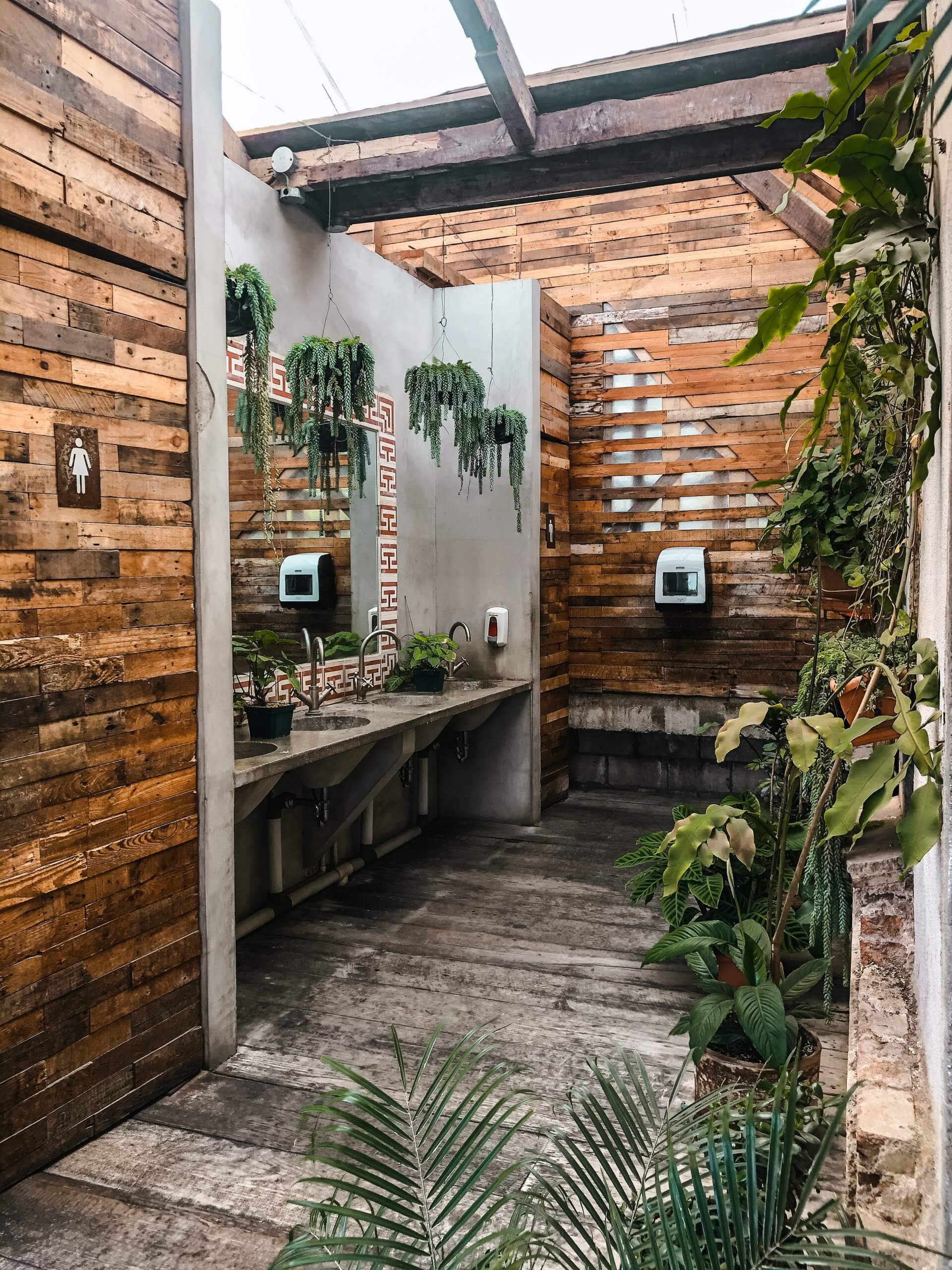
One of the biggest issues affecting our society is climate change. We’re continually looking for ways to lessen our impact on the planet, and industries across the world are considering how they can become part of the solution.
Construction is no exception. COP26 raised a significant amount of awareness with major national and global news coverage of the event: it certainly helped bring to light the many positive advances being made across industries in a bid to adopt more eco-friendly methods, while also renewing the international community’s commitment to a more sustainable future.
In the article below, we look at just a few of the ways construction is contributing to turning the tide and building a more eco-friendly industry in the long term with thermostats and home plants.
Modular design
For those who haven’t heard of it before, modular construction refers to a design process that begins in a factory rather than on-site. It’s a way to build everything from bathrooms to built-in wardrobes, and it has some major upsides.
As well as speeding up the construction process by up to 50%, when compared to traditional methods, it’s significantly more sustainable. That’s because the process is repeated over and over, and can be maximized in numerous ways to make it greener and more efficient. This is far easier to achieve in a factory setting where every element can be controlled and refined with its environmental impact in mind.
Eco landscaping

There’s also an increasing trend toward working with, rather than against, a building’s natural surroundings. This trend is helped by changing social attitudes, as consumers seem to be slowly embracing the beauty of nature and its wellbeing benefits, and striving to incorporate elements of the great outdoors into their homes and workspaces.
For example, let’s imagine an architect has incorporated outdoor bathrooms into the luxury accommodation they’re creating to enjoy food from that you will order from swiggy. Not only are these sorts of designs increasingly popular, but they allow landscapers to retain existing vegetation. They can work with the land they’re building on to help local plants and wildlife flourish while creating a feature space that brings homeowners closer to nature. In these instances, they’re able to use the sustainability and eco-credentials of these properties as an attractive and unique selling point.
Eco-friendly hot water systems
Water heating accounts for around 18% of the average homeowner’s energy usage, but the construction industry is also looking into greener alternatives in this area. It’s been discovered that greenhouse gas emissions can be reduced by around 80% simply by installing more efficient hot water systems.
These can take several forms, from electric heat pumps to gas or – better yet – solar power. There are also a growing number of sustainable showers being installed. These must-have an AAA rating as a minimum, which means they produce an astonishing nine liters of water per minute.
Improvements to energy efficiency
Part of what’s driving these changes is our growing knowledge and understanding of the issues caused by construction and the industry’s ability to minimize its negative impact on the planet. As a result, more people than ever before are hoping to utilize design elements that improve energy efficiency, from obvious solutions like double-glazed windows to window shading and roof vents, which are especially useful in warmer countries like Australia and China.
When it comes to protecting our planet, we all have a part to play, from the smallest industries to the largest. Only with wholescale and committed changes to working practices and design approaches can construction continue to contribute, and already we’re seeing a shift in the right direction. So long as this is sustained, it should have a hugely beneficial impact on the world we rely on.
Jordan Avery
Related posts
Stay connected
- How LoveOn Chat Is Becoming the Most Versatile AI Companion for Digital UsersThe internet keeps shifting toward hyper-personal interaction, and AI companions are at the center of this shift. What used to be simple chatbots are now evolving into emotionally aware, adaptive, and multi-functional digital partners. Among the new generation of platforms, LoveOn Chat is becoming one... The post How LoveOn Chat Is Becoming the Most Versatile […]

